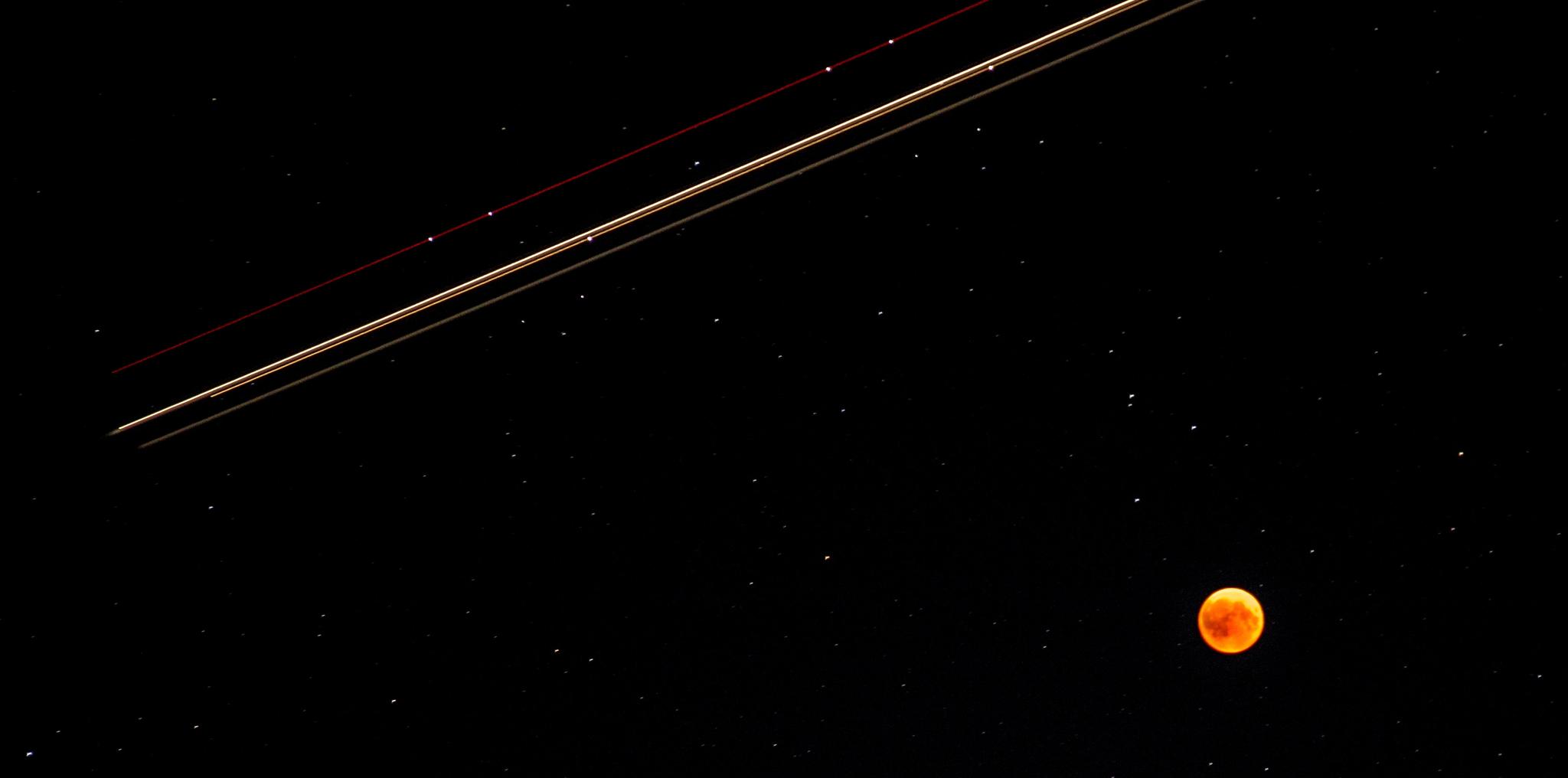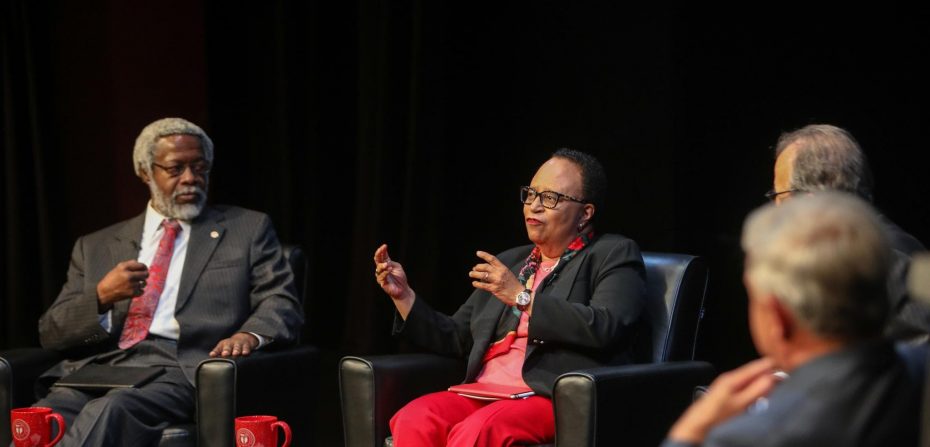Scientists must overcome a number of key challenges for a manned mission to Mars to occur in the near future.
While the National Aeronautics and Space Administration (NASA) plans to begin crewed missions to Mars in the 2030’s, experts note safety, logistics, and funding concerns are currently standing in the way.
Dr. Sylvester James Gates and Dr. Shirley Ann Jackson, who each received the National Medal of Science for their work in physics, discussed obstacles to reaching the Red Planet on Sept. 26 at Rensselaer Polytechnic Institute.
Former Director of NASA’s Johnson Space Center Dr. Ellen Ochoa and Space Foundation CEO Thomas Zelibor joined Gates and Jackson at the event hosted by the National Science and Technology Medals Foundation.
“To me, the question ‘are we going to Mars,’ is the same question as ‘are we going into the future?’ The answer is yes,” Gates said, noting the better question is when will scientific advancement and public interest intersect to make the mission possible.
While they argued none of the challenges are insurmountable, reaching, studying, and returning from Mars would be a major leap beyond landing on the moon. Clearing those hurdles would also offer many benefits here on Earth, including technological and medical advancements — and a better understanding of our own planet.
“[Mars] seems to have all the ingredients or have had all the ingredients to have been habitable at some point,” Ochoa said. “We want to understand if there was life on Mars at some point and we also want to learn more about what are those characteristics that bring about life.”
Like Earth today, Mars once had a magnetic field, an atmosphere, and even liquid water.
“Fairly early on, as it cooled, it lost its magnetic field. Then the solar winds stripped away the atmosphere. Then it was too cold and didn’t have enough atmosphere to support liquid water, but it had all those ingredients,” Ochoa said. “If we can understand whether or not there was ever life there, [we can] also understand where our planet may be headed that way in the future, given these massive changes that happened to planet Mars.”
Jackson added that because Mars doesn’t have tectonic plates “a lot of the history is still embedded in the planet.”







